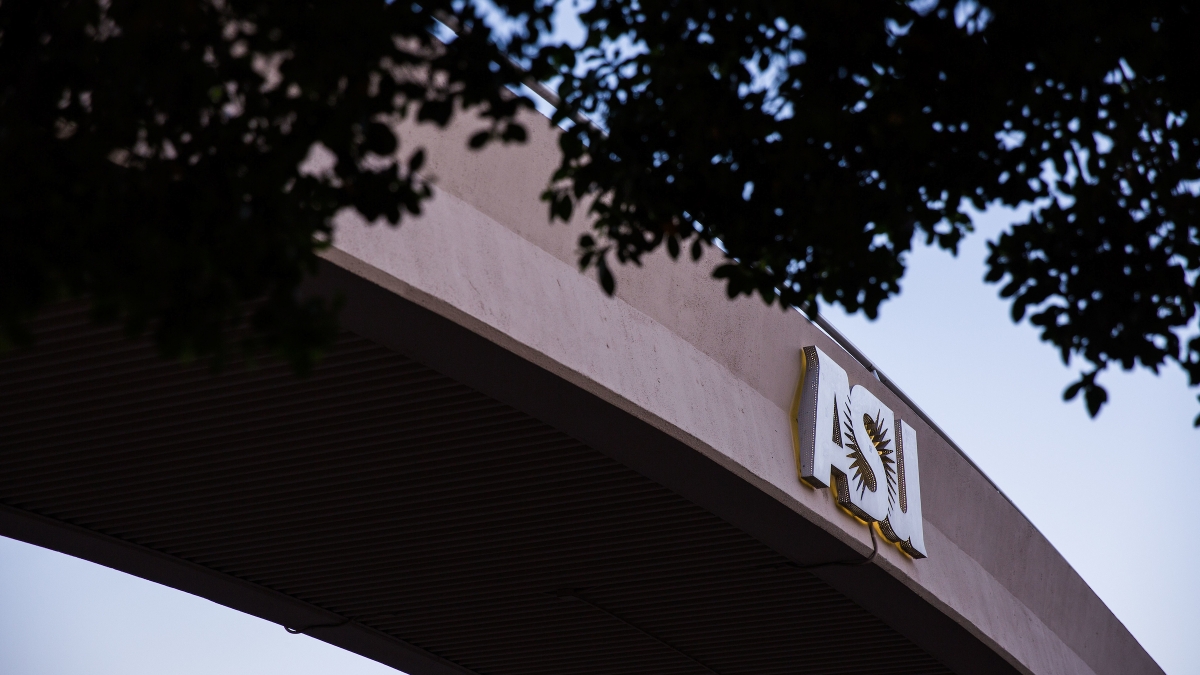ASU survey provides insights to Jewish community leadership

What do you do when you’ve been asked to work in service of a community of interest, but you’re not sure what interests the community? Or what size it is? Or what its core beliefs are?
That has been the challenge facing Rich Kasper, president and CEO of the Jewish Community Foundation of Greater Phoenix, and Marty Haberer, president and CEO of the Jewish Federation of Greater Phoenix. And they were not alone.
A comprehensive survey researching the behaviors, opinions, perspectives and preferences of the greater metropolitan Phoenix Jewish community has not been conducted for nearly two decades. The information gleaned back at the turn of the century is out of date, leaving Jewish community leaders to lead by instinct, anecdote and assumption.
“The point is to be more efficient with the community’s resources and to be more effective,” Kasper said. “We want to know more about who we are, what we look like as a community, and what we want from each other."
Jewish community leadership found willing partners in Arizona State University President Michael Crow and Provost Mark Searle.
“Our charter talks about taking responsibility for the well-being of the communities we serve,” Searle said. “We have done this kind of work for the African American community, the Latinx community and the Native American community, so this is what we do. We want to help in ways that are meaningful to those in the community and help them achieve their goals.”
Frank Jacobson, retired vice president of philanthropic services for Jewish Family and Children’s Service of Phoenix, was instrumental in moving the project forward. A seasoned and well-connected marketer and fundraiser, Jacobsen helped assemble an advisory group of interested leaders throughout the community to help define goals, objectives and areas of interest.
Haberer, Kasper and Jacobson all served on the 21-member advisory committee, joined by religious, educational, family and community leaders. ASU brought in professional research expertise that fielded the survey, crunched the numbers and analyzed the data, producing a final report.
Areas of study included: Jewish identity, religiosity and observance, participation in the Jewish community and in the broader community, Jewish upbringing, attitudes towards Israel and anti-Semitism, children and family, and service and care needs.
Read the complete Jewish Community Study
What is now most important to advisory committee members is sharing the results from the survey and making sure it doesn’t sit on a shelf. The data provides a lot to dissect.
“It needs to be out there and available for the use of whomever has a good and reasonable use for it,” Kasper said. “So, whether it’s our own organizations, or others that have an interest in serving the Jewish community — maybe for their own selfish reasons — that’s what we want, if it will strengthen our community in the process.”
While different readers will focus on different parts of the survey, for Debbie Yunker Kail, the executive director of Hillel at ASU who also served on the advisory committee, the foundation of common understanding provided by the survey is a benefit.
"In addition to gaining a deeper understanding of our community through this study, having an advisory committee was important because it brought many key community leaders together in collaboration for the advancement of our community,” Kail said. “Knowing that the leaders of our federation, foundation and so many other institutions will now have access to updated population information gives me great confidence that they can build the next years of their organizations off of sound data.”
Haberer said he is already thinking about how to take all of the new information that is now available and use it to help point the way forward for the federation.
“This is a critical piece ... it is the quintessential compass for the Jewish community,” Haberer said. “It’s a gift to the community and it’s information that should be gleaned by those who are smart enough to use it as a roadmap. I think it will have a lot of impact in terms of where we invest our dollars.”
For Jacobson, who had been nudging this project forward for a few years before it came to fruition, it is an instrument for creating informed discussions.
“What I’m interested in is the conversations that will come out of it from each of the areas of our committee chairs and their portfolios,” said Jacobson, reflecting on his role as administrative vice president of the board of directors of Congregation Or Tzion. “The membership committee may look at it one way, the fundraising committee a different way, the special action committee may look at it another way and we may find ourselves using it in ways that none of us from the advisory committee even thought about. I think that’s how you bring life to this document.”

